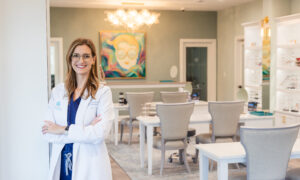By Joseph Smay, OD

August 22, 2018
When you’re expanding your practice to multiple locations, you can’t take for granted that the additional locations will have the same kind of patients who visit your initial office.
As we have expanded from one to three locations, we’ve paid close attention to the specific needs of our differing patient bases, in terms of frame styles and price points, staffing needs for medical eyecare needs, office decor and marketing messages.
My practice has three locations in western Pennsylvania. Each location has a unique patient base. The first has a middle-to-lower income base and is heavily medical. We have a consulting ophthalmologist on staff there to do cataract surgery, and we have huge glaucoma, diabetic, dry eye and ARMD needs there.
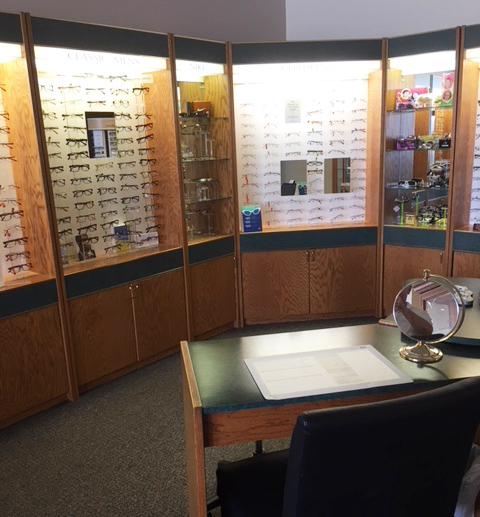
The location of Dr. Smay’s practice with the patients with the lowest socio-economic status. He says the frame sales at this location are 100 percent lower than at the location with the patients with the highest socio-economic status.
The second location has a strong African-American base, is in a middle-income area, and also is a strong medical practice.
The third location is in a middle-to-upper income area. There is not as much medical eyecare income from that location, but the average glasses sale in that office is very high.
The average age of the patients differ from location to location with the first, more medical practice, skewing older, and the higher-end demographic location being the youngest. The second location has patients of ages that fall somewhere between those two extremes, with many in their thirties, or forties.
The average eyewear sale in the socio-economically mid-range office is 66 percent higher than the office with the patients with the lowest socio-economic status, and the office with the highest socio-economic patients is 100 percent higher than the office with the lowest.
Importantly, we set metrics improvement goals especially for each office, so goals are challenging, but attainable.
We have one full-time doctor in each location. Each doctor stays in their own location, for the most part. However, there are times when, based on patient demand, we have two doctors in an office at one time!
Here is how my practice has made each of our three locations suit the particular patients who visit those locations.
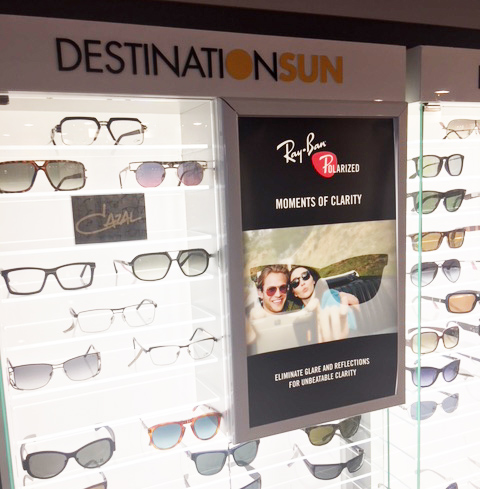
Sunwear on display at the socio-economically mid-range office. Dr. Smay says the mix of products differs at each location.
Different Patients Need to Be Accommodated Differently
The differing demographics mean that we need to carry different frame lines to cater to that population. Our frame selection varies highly between the locations. A brand that is sought after in one location may not even be carried in the other. For example, while it may make sense to invest heavily in high-end sunwear for our third location, which is based in the middle-to-upper income area, the patients at the other two locations may not see the need for, or be able to invest in, expensive sunwear, and may be content with just one pair of eyewear with Transitions to guard against the sun.
The medical care we provide is standard in all locations. The first two locations, in the lower-income neighborhoods of our area, have more patients diagnosed with diseases like glaucoma and macular degeneration, but in all of our locations we screen for the major eye diseases, so that our offices mostly have the same medical equipment, and include the same pre-testing protocols. Each office has standard equipment, a visual fields unit, autorefractor and a fundus camera. The highly medical practice has a VEP/ERG unit. We also have a new OCT that we mobilize to all locations.
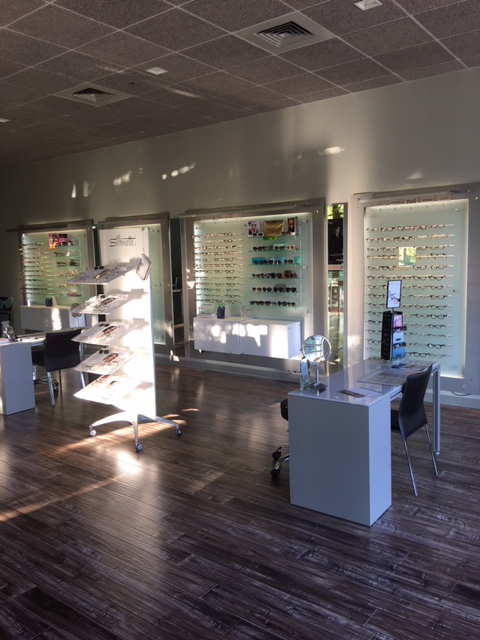
The optical at the socio-economically highest office. Dr. Smay says he sets metrics improvement goals differently at each office, so goals are challenging, but attainable.
The hours and days vary from location to location depending on the needs of that population. That means that while it may make sense in one location to offer greater flexibility for appointments on the weekend, it may make more sense in another location to offer greater flexibility for evening appointments during the week.
The practice with the most medical eyecare services has more employees, and thus, we can schedule more patients. It also has the highest no-show and cancellation rates. That is all taken into consideration as we schedule. The other two locations are not scheduled as tightly. The patients in those offices seem to expect more time with the doctor.
We have bilingual staff in the lowest-income, mostly medical location due to the many Spanish-speaking patients who visit that office.While it’s always beneficial to have at least one employee who speaks Spanish, it’s most important in our lower income offices that an employee is present to work with patients who may not be able to understand an exam and diagnosis presented in English.
Get the Word Out Differently
The highly medical, lowest glasses sale location is price sensitive, so trunk shows and promotions with discounts drive demand there. This population is best reached by phone and postal snail mail. The low medical, high-spending optical location is not as price sensitive, and is not driven by price but, rather by service and brands. They are best reached by social media. The middle-income practice requires a mix of these two approaches.
Vary Office Decor to Suit Typical Patient Style
The lower-price glasses sale, highly medical office is carpeted and has traditional classic wood frame boards, and the mid-range office has a similar look. The high-glasses sale location is different. It has a contemporary look and feel, with hardwood floors and all LED lighting. The frame displays are different at all three locations, and the color scheme throughout the offices is different. Even the chairs in the reception areas are not standard to all three locations.
One thing all three locations have in common design-wise: All are wheelchair accessible, which is required by the Americans with Disabilities Act.
Metrics for Success Differ
We have different benchmarks for success in each location. The revenue per patient is lowest in the most highly medical office, in the middle in the second location and highest in the third location, which has the highest optical spending. However, we have the highest volume of patients in the mostly medical location. There may be days there where half of my day is post-ops, ARMD, dry eye and glaucoma patients.
We track all key practice metrics, from revenue per patient to patient volume, and try to improve on them monthly in each office. The difference is that the revenue per patient goal will be highest in the higher-income location that has the higher optical spending patterns, and the patient volume goal will be higher in the office with lowest patient income level, yet the highest medical eyecare needs.
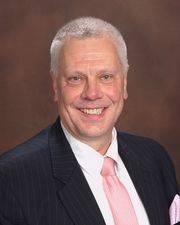 Joseph Smay, OD, is the owner of Family Eye Care, a three-location practice located in western Pennsylvania. To contact him: DrSmay@ourfamilyeyecare.com
Joseph Smay, OD, is the owner of Family Eye Care, a three-location practice located in western Pennsylvania. To contact him: DrSmay@ourfamilyeyecare.com



